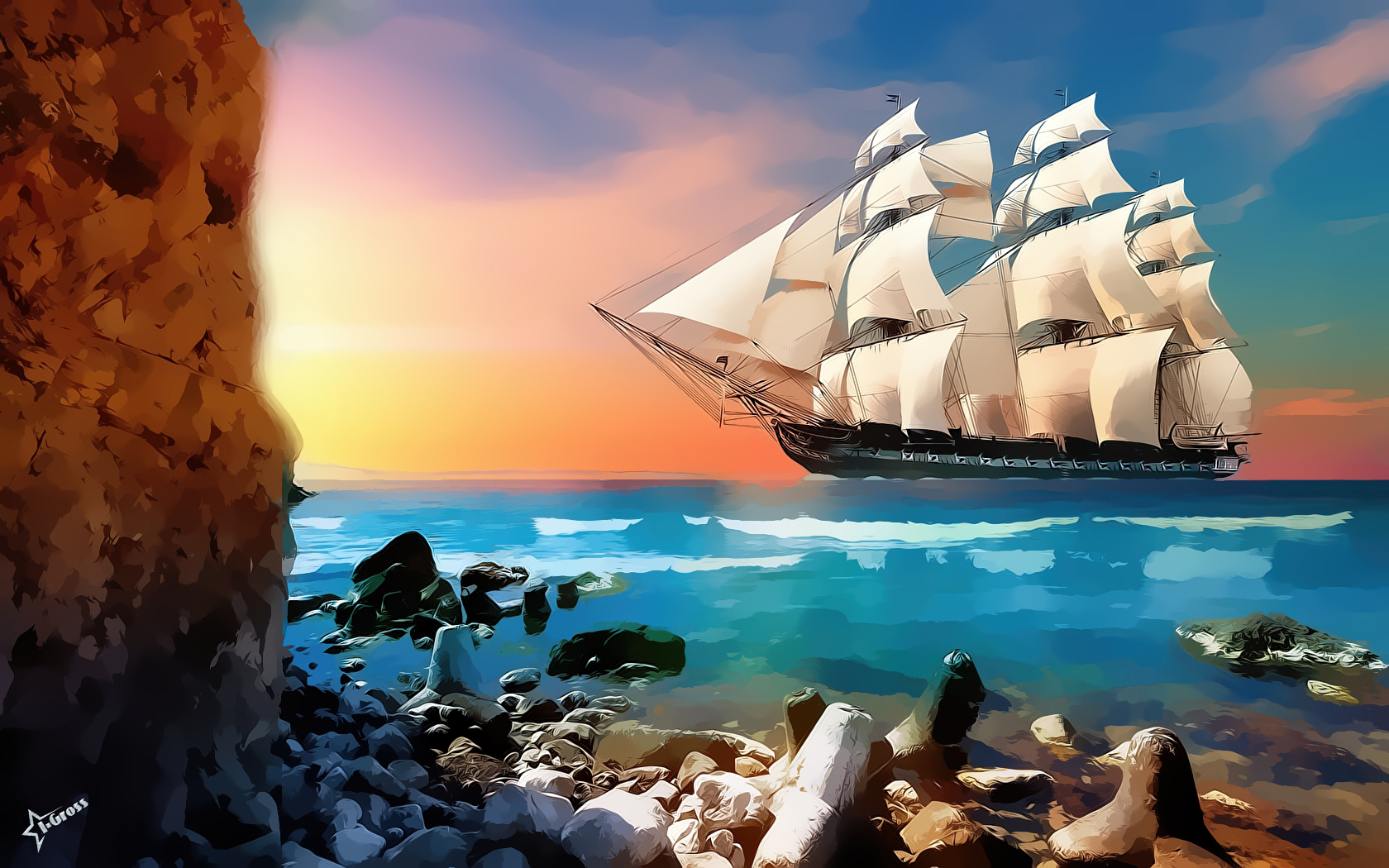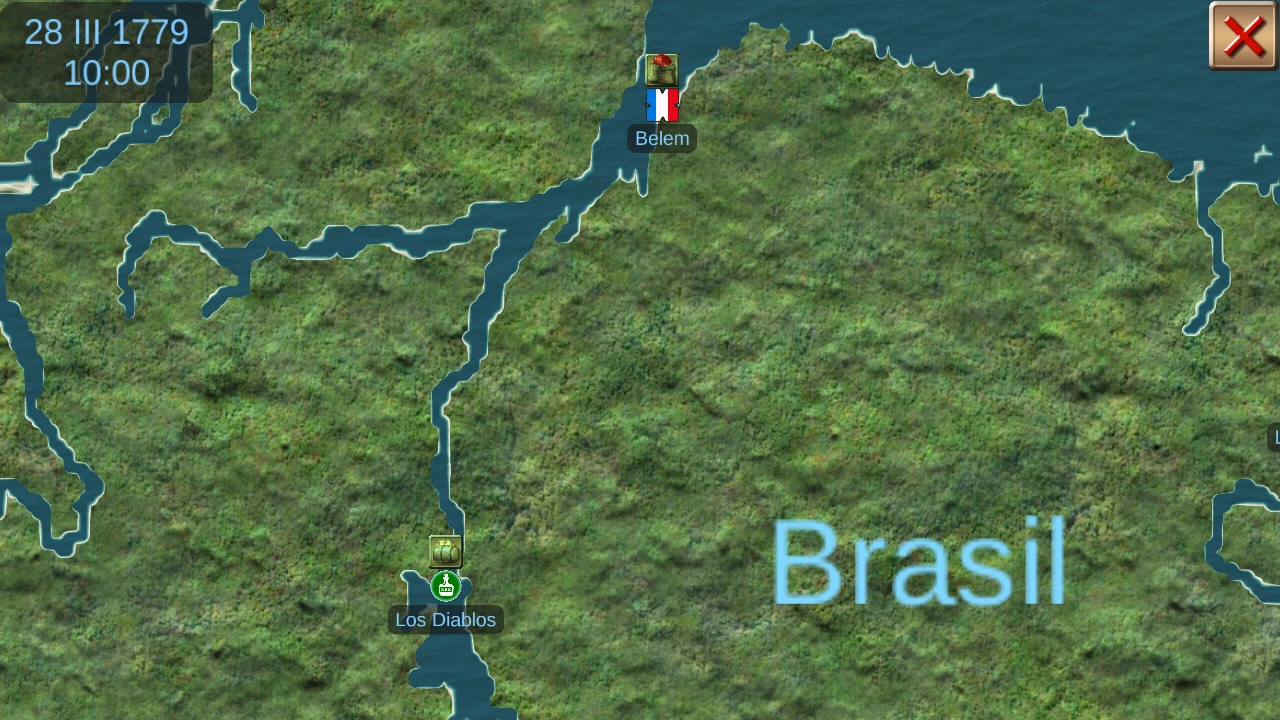

Some attacks proved successful while others did not. Over the next 50 or so years, Panama would be attacked over and over again. This caused a mutiny among the buccaneers. Some believed that Morgan himself had struck a deal with the Spainards and taken all of the gold for himself. The buccaneers then occupied the city, though many died of disease. This time, however, the Spanish had wisened and most of the treasures had already been hidden away from the city. In 1670, Morgan and his band of Pirates returned to Panama and proceeded to plunder Panama City. Most of the residents were killed and all of the treasures were stolen by the pirates. Led by Sir Henry Morgan, the pirates completely surrounded the city and plundered it until there was nothing left. In 1668, English pirates again attacked Panama, this time at Porto Bello. In a bloody battle, Drake and his men were defeated and retreated to Porto Bello, where Drake died of a fever. The English pirates then traveled up the King's Highway in the hopes of capturing Panama City. The first major raid on the isthmus of Panama occurred in 1595 when the English pirate Sir Francis Drake and his men attacked and destroyed the port of Nombre de Dios. Besides the threat of disease was the threat of being attacked by runaway slaves, natives, and pirates.

Marching across the King's Highway was a dangerous endeavor. This land route became known as the King's Highway or the Gold Road.

Consequently, unloading treasures from Spanish ships coming from Peru (which approached Panama from the Pacific), to the Atlantic coast of Panama (and eventually to Spain) was by foot across the mosquito-filled jungle. King's HighwayĪlthough the Isthmus of Panama was only 40 miles wide, there was no water route that connected the two sides. Of the Spanish settlements in Darien, Porto Bello and Panama City would see major pirate activity. The region was of high strategical importance because the isthmus, connecting the Atlantic and Pacific Oceans, was only about 40 miles wide. Darien, now known as Panama, was the center of the Spanish new world, also called the Spanish Main.


 0 kommentar(er)
0 kommentar(er)
